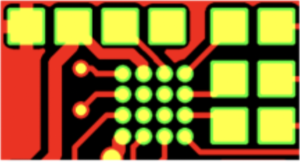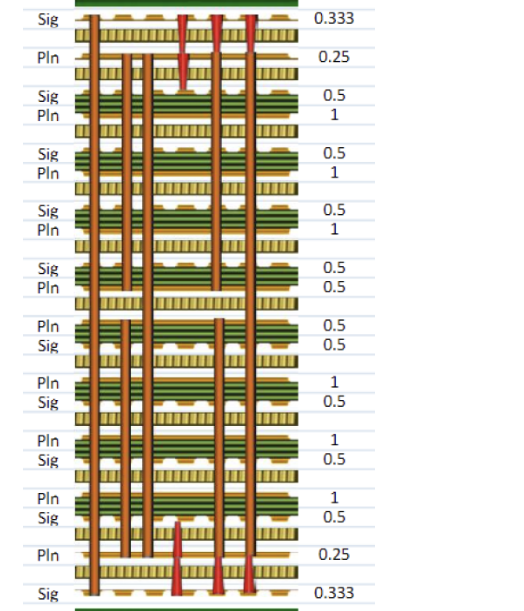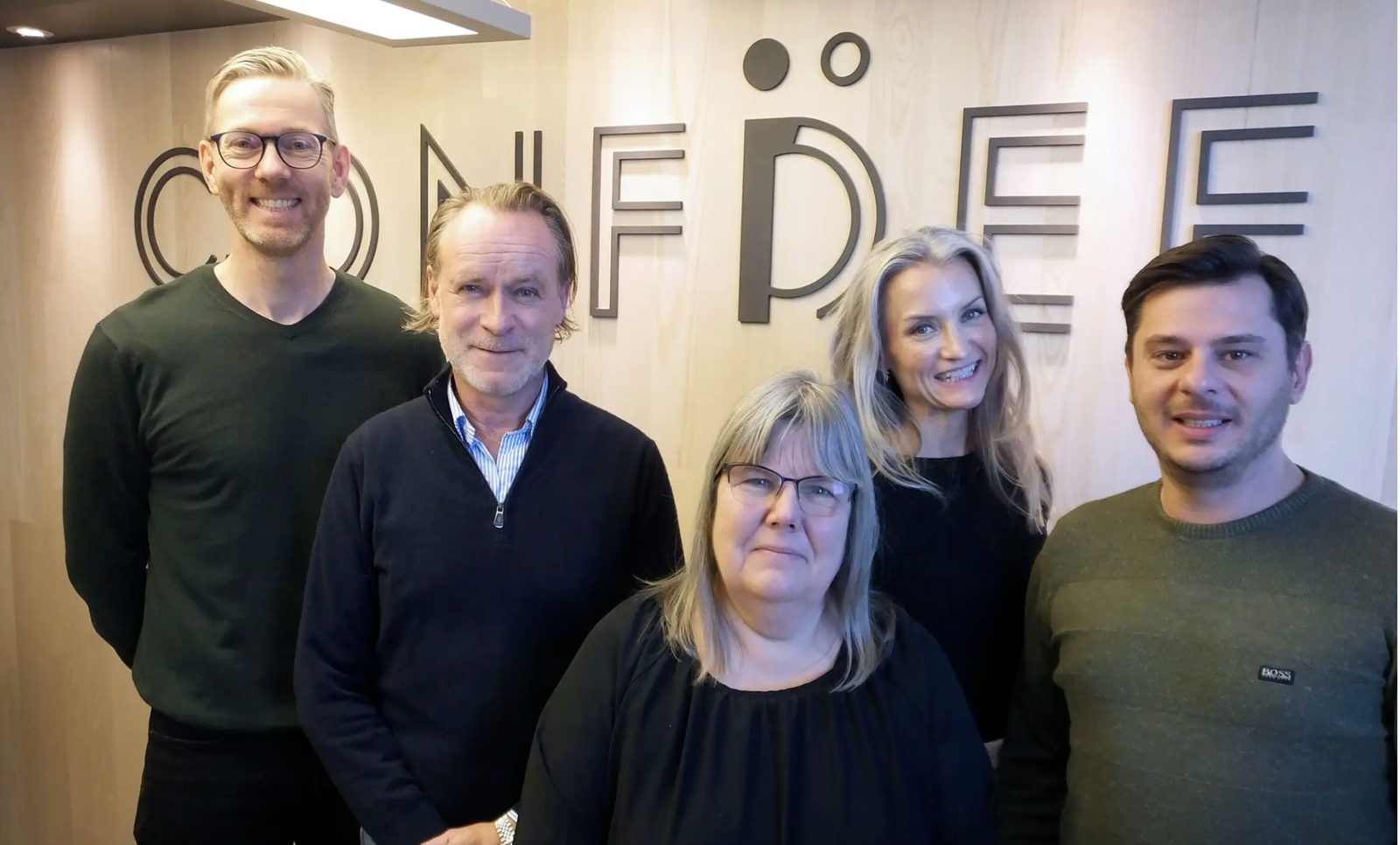At CONFIDEE we have organised our skilled printed circuit experts under Operations. One of our Operations Managers, Constantin Tanase has decades of experience within PCB Manufacturing. Transforming the customers treasures (files, data, Gerbers, drawings) to live data in our system, ensuring all is correct and producible according to the specifications given and regulations applying for that precise product and industry. This is his take on the task he adores a lot.
When presented with a RFQ (Requests for Quotes) for a project of this nature, it’s impossible not to love your job and the challenges that come with it.
Excited, I pull myself up in the same old chair with a leather imitation – perhaps an IKEA relic that has seen better days, but as an engineer, I am not too fussy about my seating arrangements. My mission is clear: get the job done, performing accurate yet efficient, in the end it’s all about customer satisfaction.
It’s true. You can ask anybody. Every customer is special, every project of equal importance and every time the customer is a satisfied and impressed with the result, it feels like Christmas. You might even treat yourself with a pint of beer that evening and say to yourself, “Well deserved”.
Because in the end, that’s all that matters to me. Knowing the customer is happy and will come back for more.
Over the years this job gets under your skin, these PCBs become a part of you and your customers, your extended family, or at least this is how I like to think about.
So, like I said, you get yourself settled in the chair with anticipation, preparing your workspace.
The routine unfolds.
First open the Gerber data to reveal the awesomeness.
Then arrange the layers in order and the drill files.
There are many, but focus is key.
Opening a document and making notes of your observations is a crucial step, the step where the skilled is separated from the beginners. It’s all about noticing details that are not mentioned in the specification or the customer email.
Hmm, small BGA pads and BGA pitch. Might be a problem. Luckily, I know which suppliers to involve and not. Stacked blind and buried micro vias, not a problem. These days vias type VII and Cu filled once is not a problem.

What’s next? Oh would you look at that, some oversized solder mask clearances with no solder mask DAM’s between pads. Make a note to mention it to the customer at the EQ stage and the options available.
In addition, some differential pair tracks, need to check that specification for impedance control requests.

Potentially overhanging connectors, keep this in mind when you set up that delivery panel.

A connector that might be a Press Fit? Not too sure but is worth asking the customer. Nothing mentioned in the Specification. Did you think it’s all explained and ready? It’s very often. Involving a PCB partner with a skilled eye and experience can save you costs later.
These often are required to have min. 25um Copper plating in hole wall.


Whilst checking this, it’s always a good idea to open the customer specification and drawing. Well, look at that, a request for a special laminate. Not paying attention to these very important details, will cost the customer both time and money later in the production.
A few more looks here and there, and almost done.
To be honest this PCB is special, might look scary but the layout engineer was elegant and very tidy with his work – kudos to him. Specification looks detailed and complete.
Can’t wait to manufacture this board and make another customer happy.


